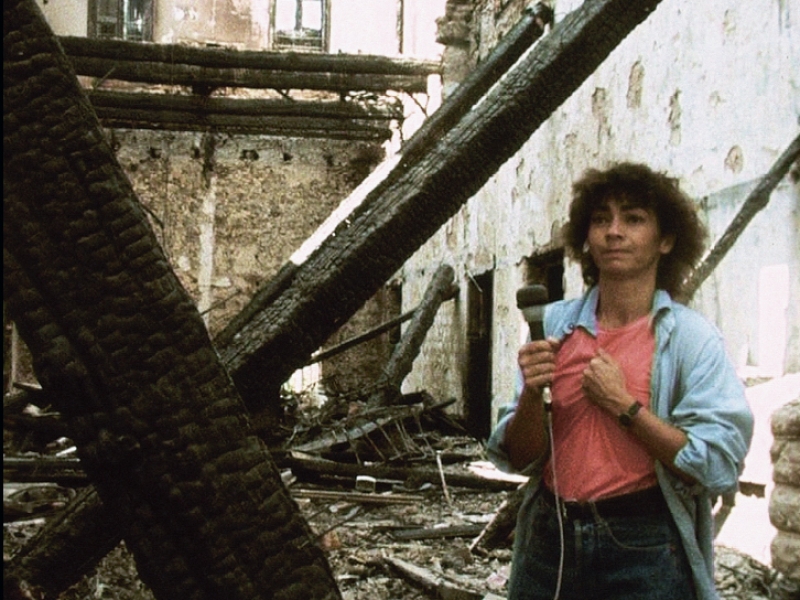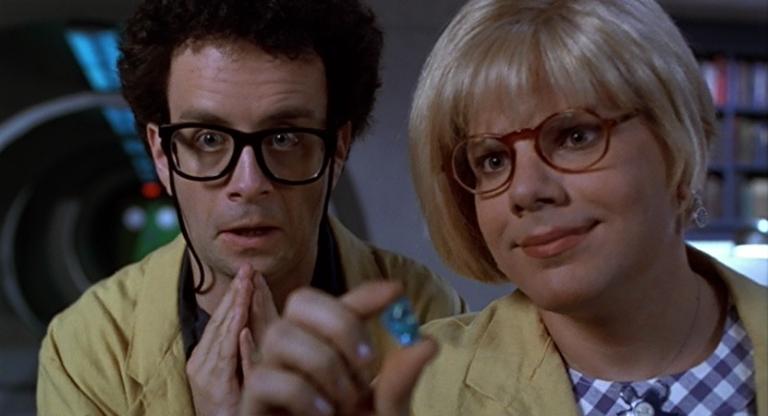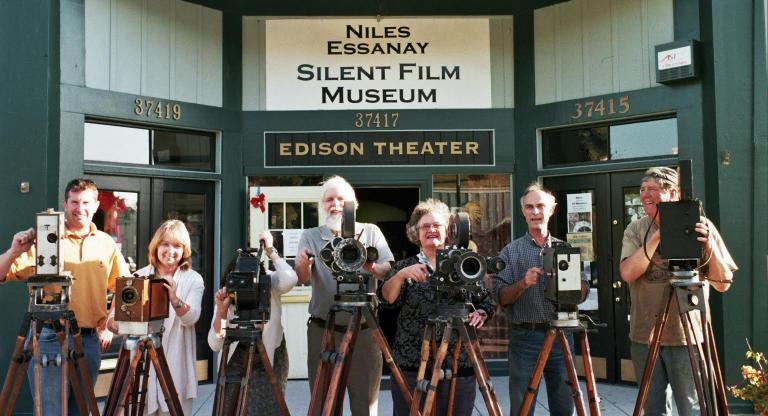“A child’s face elicits from us conflicting responses,” writes André Bazin in the opening to an essay on Roberto Rossellini’s Germany Year Zero (1947). If the Italian director’s postwar masterpiece begins as an allegory for the fate of Germany after World War II, the final reel—patient and nearly silent—sheds this intent as the boy transitions from character to mere fact before the camera, a transition that says “the child is really here and this is really where he lives.” Some, such as the French film theorist Nicole Brenez, have compared Rossellini to the Lebanese director Jocelyne Saab, and often this comparison is based on their treatment of children. What distinguishes Saab as a successor is her observation of this transition; her response is to affirm the fact first. Thus, in her films we find children who play, who take up arms, who laugh, who are sick, who are missing limbs, who are burnt, or who have been killed. That is to say, we find children whose images are preserved as she finds them, unburdened by any dramatic addendum. In her films, we are reminded that cinema is only ever moral after the fact.
Jocelyne Saab made films in Egypt, Syria, Iran, and Vietnam, yet it’s her work in Palestine and Lebanon for which she’s ultimately best known. Her early documentaries, notably Palestinian Women (1974), were produced for French television by the Lebanese poet Etel Adnan (who lived for many years in the Bay Area). Her transition from television reporter to visual artist can be traced through the titles of the three films forming her magnum opus, the “Beirut Trilogy”: Beirut, Never Again (1976), documenting the start of the Lebanese Civil War; Letter From Beirut (1978), made in collaboration with Adnan about the filmmaker’s return to the city three years into the war; and Beirut, My City (1983), filming the city’s devastation following the Israeli siege in 1982. The gradual emergence of the first-person pronoun in the title—claiming the city as her own— lends her images the dramatic force of authority present in all war photography, the kind that allows it to simply say: this is what I saw.
What moves me in Saab’s films, amid the violence she courageously records, is the room she finds for beauty. Weathering the combined storm of imperialist violence, reactionary chauvinism, and poverty, her career is an example of an internationalism that transforms through the course of the twentieth century into a concern especially for the stateless, in a tradition once charted by Charlie Chaplin and Fritz Lang, and which continues today in the films by Wang Bing, Lech Kowalski, Alice Diop, and Sylvain George. When I think of her films, I think of the crashing waves in Children of War (1976), on the shores where children play-act war games, or the sea in The Ship of Exile (1982), documenting Yasser Arafat’s voyage to Tunisia. In these images, there is something of the amazement Roland Barthes once saw in photographs of flooded cities–that the world might be different from what it’s been.
“Lifting the Veil: Palestine in Jocelyne Saab’s Cinema” screens this Sunday, March 10, at Shapeshifters Cinema.





